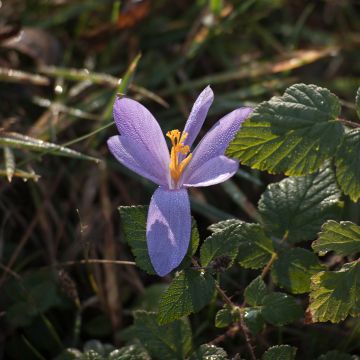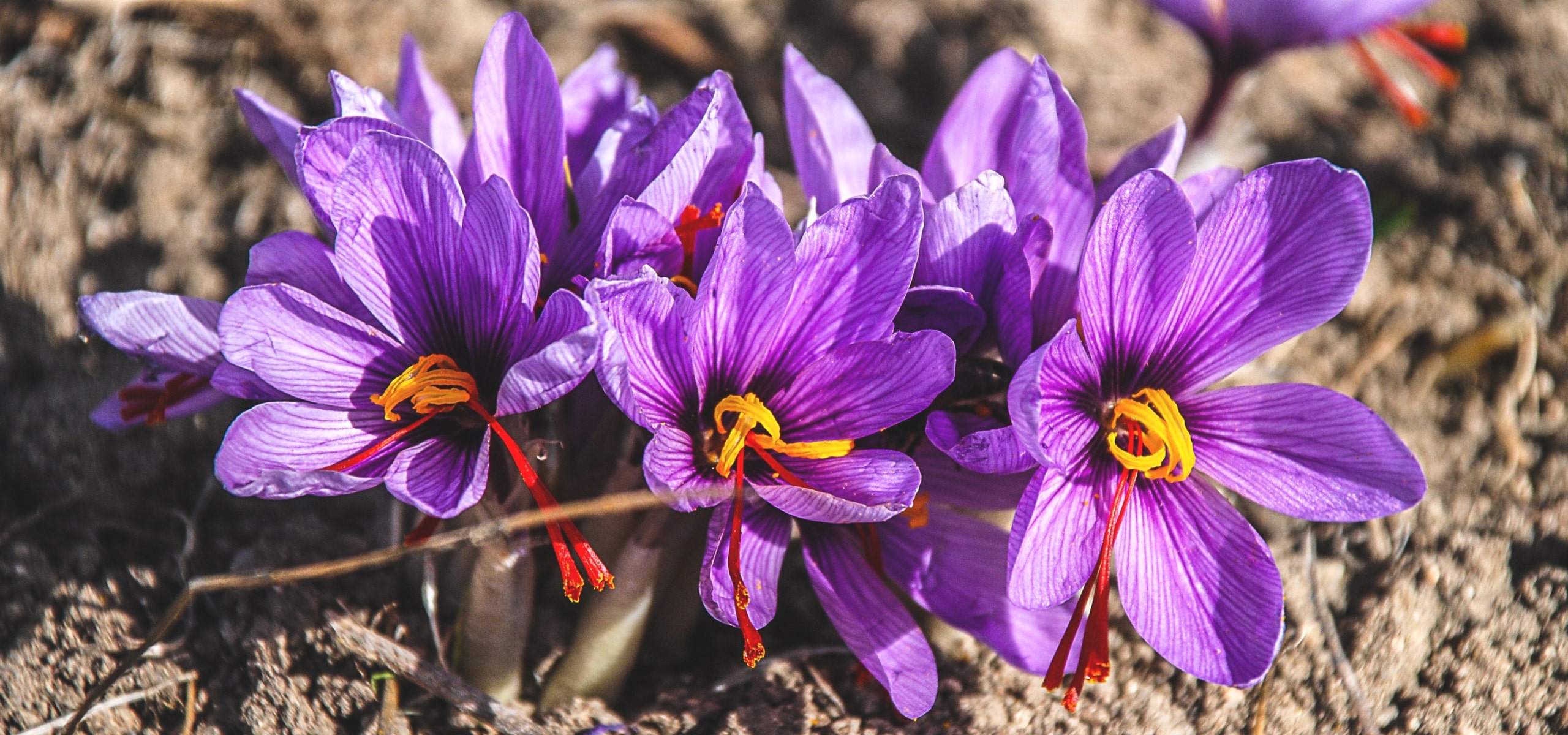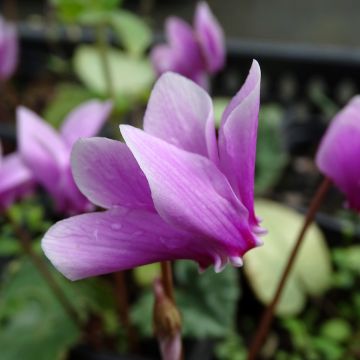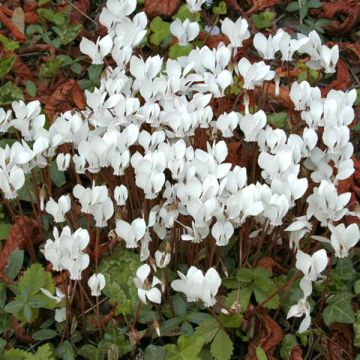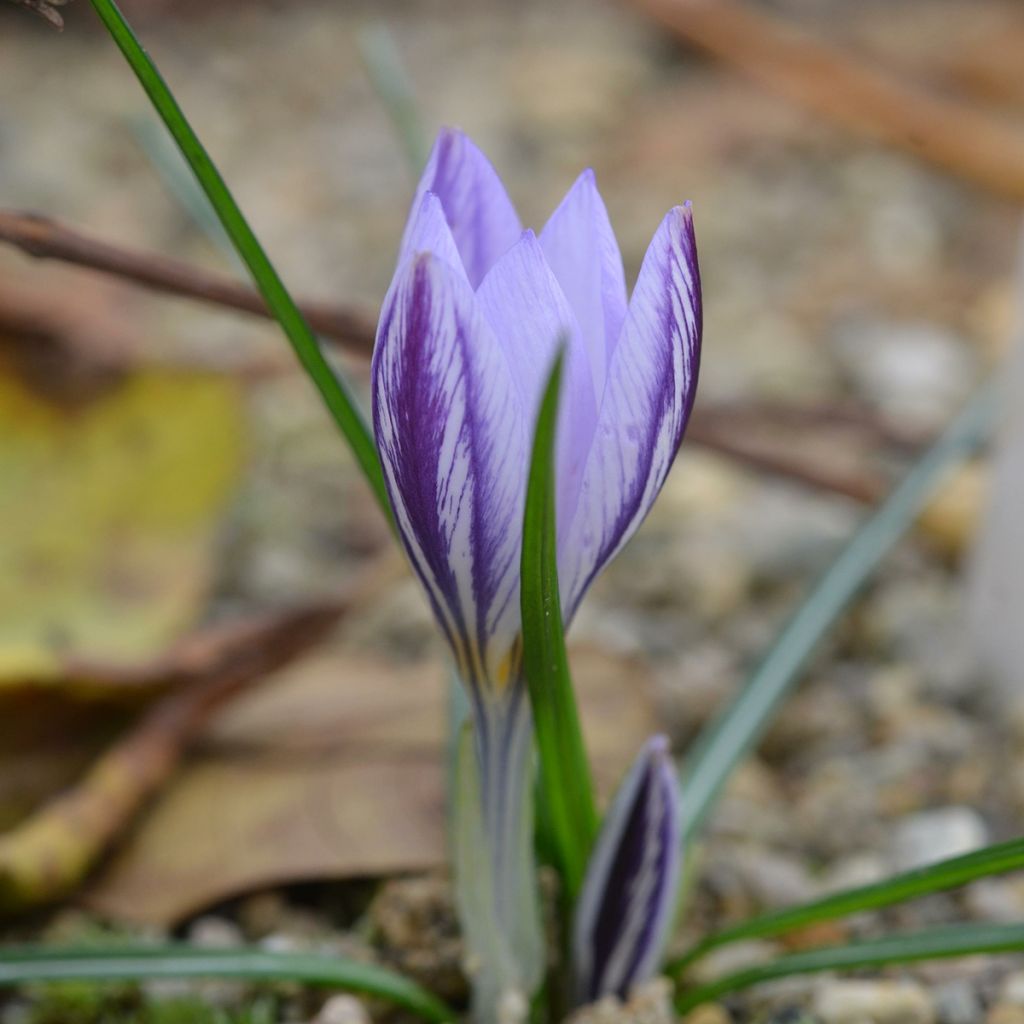

Crocus laevigatus Fontenayi
Crocus laevigatus Fontenayi
Crocus laevigatus Fontenayi
Autumn Crocus, Smooth crocus
Special offer!
Receive a €20 voucher for any order over €90 (excluding delivery costs, credit notes, and plastic-free options)!
1- Add your favorite plants to your cart.
2- Once you have reached €90, confirm your order (you can even choose the delivery date!).
3- As soon as your order is shipped, you will receive an email containing your voucher code, valid for 3 months (90 days).
Your voucher is unique and can only be used once, for any order with a minimum value of €20, excluding delivery costs.
Can be combined with other current offers, non-divisible and non-refundable.
Why not try an alternative variety in stock?
View all →This plant carries a 6 months recovery warranty
More information
We guarantee the quality of our plants for a full growing cycle, and will replace at our expense any plant that fails to recover under normal climatic and planting conditions.
Would this plant suit my garden?
Set up your Plantfit profile →
Description
The Crocus laevigatus Fontenayi is distinguished by its late, autumn to winter flowering. Native to Mediterranean regions, particularly Greece and Crete, this small bulbous plant produces white or pale lilac flowers with a yellow throat and a buff exterior adorned with purple-violet stripes. Well-suited to rock or Mediterranean gardens, it can also be grown in pots in less favourable climates. Not very hardy (-10°C), this crocus dislikes wet soil, both in winter and summer.
The Crocus laevigatus 'Fontenayi' is a plant from the Iridaceae family. Known by the common names 'Crocus of Fontenay' or 'Smooth Crocus', this selection is prized for its late flowering which occurs in late autumn or early winter, often around Christmas time, earning it the nickname 'Christmas Crocus'. This variety, also named Crocus fontenayi Reuters, is closely related to the type species C. laevigatus which grows wild in Greece (including the Aegean islands), in various habitats ranging from rock crevices to open pine forests.
Ulike other crocuses, the Crocus laevigatus 'Fontenayi' develops smooth and elongated bulbs resembling a small hazelnut, which is the origin of its specific name 'laevigatus' meaning smooth or polished. This cultivar differs from the species type by its larger and well-rounded flowers and its more contrasting colouration between the purple-lilac interior and the buff exterior, striated with dark violet stripes. The plant's habit is bushy and compact, its growth relatively slowl. It reaches a height of 5 to 10 cm and forms colonies over the years thanks to the production of new bulbs. The cup-shaped flowers measure 5 to 7 cm tall. They are more or less fragrant and attract the last pollinators of the season. The narrow, green, linear leaves with a fine central white band persist for a few weeks after flowering until they yellow and wither naturally, allowing the bulbs to replenish their reserves for the next season. The foliage disappears completely during the dormancy period, until late summer.
In mild climates, particularly Mediterranean types, the Crocus laevigatus 'Fontenayi' is a carefree, attractive, ideal plant for brightening the garden at a time of year when it is less colourful. Plant it in groups in rockeries or at the edge of a well-drained border, even at the foot of large deciduous trees. It also thrives in pots on the patio or balcony, which enables it to be sheltered from cold and damp depending on the season. In the garden, pair it for example with a Pink Naples Cyclamen and the Corsican Hellebore Helleborus argutifolius. Do not hesitate to mix it with other autumn crocuses and colchicums.
Report an error about the product description
Plant habit
Flowering
Foliage
Botanical data
Crocus
laevigatus
Fontenayi
Iridaceae
Autumn Crocus, Smooth crocus
Crocus fontenayi Reuters
Cultivar or hybrid, Southern Europe
Planting and care
The bulbs or corms of Crocus laevigatus 'Fontenayi' should be planted in autumn, between September and October, to allow sufficient root development before winter. Plant them in well-drained soil as this plant does not tolerate excess water, especially during its summer dormancy period. Plant the bulbs at a depth of 7 to 10 cm, spacing them about 5 to 7 cm apart in light, preferably sandy or gravelly soil enriched with organic matter to improve structure and fertility. A position in full sun is ideal to encourage abundant flowering, although light afternoon shade may be beneficial in warmer climates.
For container cultivation, use a well-draining potting mix and place the pots in a sunny location. Water moderately after planting, but reduce watering once growth is well underway as crocuses prefer dry conditions during their dormancy period. You can move the plants to a cool, dry place during periods of intense frost.
To protect the bulbs in winter, spread a layer of mulch. After flowering, allow the foliage to yellow and wither naturally as this enables the bulbs to replenish their reserves for the following season. Avoid cutting the foliage back until it is completely dry as this could weaken the plant for the following year.
Planting period
Intended location
Care
Planting & care advice
This item has not been reviewed yet - be the first to leave a review about it.
Similar products
Haven't found what you were looking for?
Hardiness is the lowest winter temperature a plant can endure without suffering serious damage or even dying. However, hardiness is affected by location (a sheltered area, such as a patio), protection (winter cover) and soil type (hardiness is improved by well-drained soil).

Photo Sharing Terms & Conditions
In order to encourage gardeners to interact and share their experiences, Promesse de fleurs offers various media enabling content to be uploaded onto its Site - in particular via the ‘Photo sharing’ module.
The User agrees to refrain from:
- Posting any content that is illegal, prejudicial, insulting, racist, inciteful to hatred, revisionist, contrary to public decency, that infringes on privacy or on the privacy rights of third parties, in particular the publicity rights of persons and goods, intellectual property rights, or the right to privacy.
- Submitting content on behalf of a third party;
- Impersonate the identity of a third party and/or publish any personal information about a third party;
In general, the User undertakes to refrain from any unethical behaviour.
All Content (in particular text, comments, files, images, photos, videos, creative works, etc.), which may be subject to property or intellectual property rights, image or other private rights, shall remain the property of the User, subject to the limited rights granted by the terms of the licence granted by Promesse de fleurs as stated below. Users are at liberty to publish or not to publish such Content on the Site, notably via the ‘Photo Sharing’ facility, and accept that this Content shall be made public and freely accessible, notably on the Internet.
Users further acknowledge, undertake to have ,and guarantee that they hold all necessary rights and permissions to publish such material on the Site, in particular with regard to the legislation in force pertaining to any privacy, property, intellectual property, image, or contractual rights, or rights of any other nature. By publishing such Content on the Site, Users acknowledge accepting full liability as publishers of the Content within the meaning of the law, and grant Promesse de fleurs, free of charge, an inclusive, worldwide licence for the said Content for the entire duration of its publication, including all reproduction, representation, up/downloading, displaying, performing, transmission, and storage rights.
Users also grant permission for their name to be linked to the Content and accept that this link may not always be made available.
By engaging in posting material, Users consent to their Content becoming automatically accessible on the Internet, in particular on other sites and/or blogs and/or web pages of the Promesse de fleurs site, including in particular social pages and the Promesse de fleurs catalogue.
Users may secure the removal of entrusted content free of charge by issuing a simple request via our contact form.
The flowering period indicated on our website applies to countries and regions located in USDA zone 8 (France, the United Kingdom, Ireland, the Netherlands, etc.)
It will vary according to where you live:
- In zones 9 to 10 (Italy, Spain, Greece, etc.), flowering will occur about 2 to 4 weeks earlier.
- In zones 6 to 7 (Germany, Poland, Slovenia, and lower mountainous regions), flowering will be delayed by 2 to 3 weeks.
- In zone 5 (Central Europe, Scandinavia), blooming will be delayed by 3 to 5 weeks.
In temperate climates, pruning of spring-flowering shrubs (forsythia, spireas, etc.) should be done just after flowering.
Pruning of summer-flowering shrubs (Indian Lilac, Perovskia, etc.) can be done in winter or spring.
In cold regions as well as with frost-sensitive plants, avoid pruning too early when severe frosts may still occur.
The planting period indicated on our website applies to countries and regions located in USDA zone 8 (France, United Kingdom, Ireland, Netherlands).
It will vary according to where you live:
- In Mediterranean zones (Marseille, Madrid, Milan, etc.), autumn and winter are the best planting periods.
- In continental zones (Strasbourg, Munich, Vienna, etc.), delay planting by 2 to 3 weeks in spring and bring it forward by 2 to 4 weeks in autumn.
- In mountainous regions (the Alps, Pyrenees, Carpathians, etc.), it is best to plant in late spring (May-June) or late summer (August-September).
The harvesting period indicated on our website applies to countries and regions in USDA zone 8 (France, England, Ireland, the Netherlands).
In colder areas (Scandinavia, Poland, Austria...) fruit and vegetable harvests are likely to be delayed by 3-4 weeks.
In warmer areas (Italy, Spain, Greece, etc.), harvesting will probably take place earlier, depending on weather conditions.
The sowing periods indicated on our website apply to countries and regions within USDA Zone 8 (France, UK, Ireland, Netherlands).
In colder areas (Scandinavia, Poland, Austria...), delay any outdoor sowing by 3-4 weeks, or sow under glass.
In warmer climes (Italy, Spain, Greece, etc.), bring outdoor sowing forward by a few weeks.


































